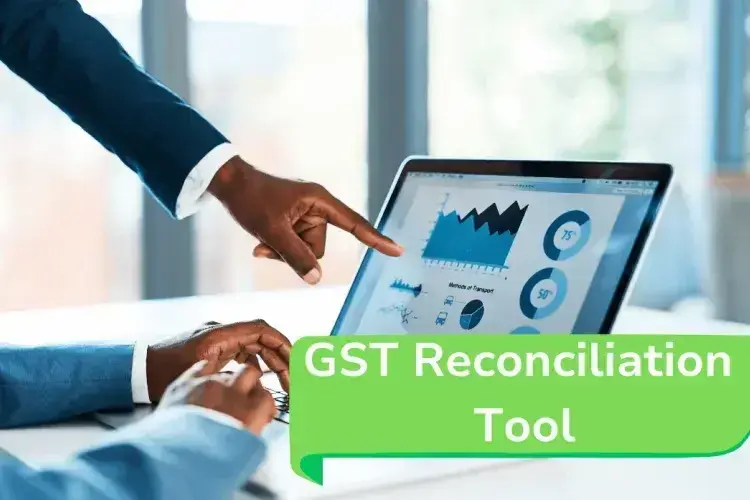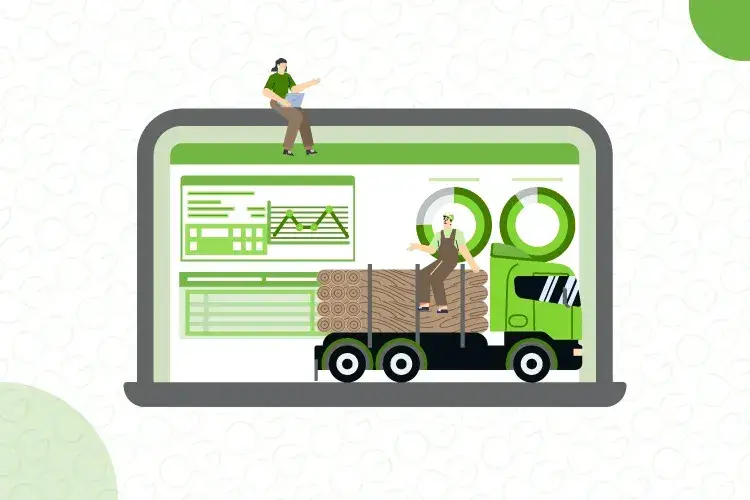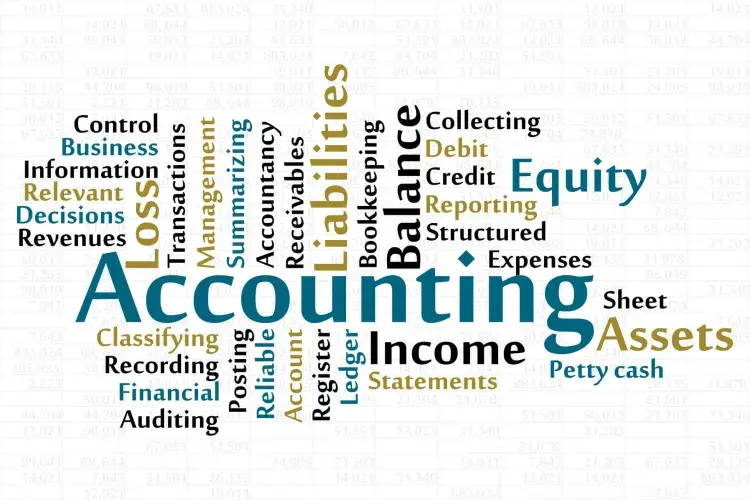Simplifying Compliance with the Right GST Reconciliation Tool
Reconciliation is critical to accuracy in the complicated world of GST compliance. For businesses to get the most from this process, lower errors, and maintain timely compliance, they require a trustworthy tool. The key components of a GST reconciliation tool are described in this blog post, along with how using one might ease your GST files.
GST Reconciliation Tool: If you're having trouble with GST reconciliation, this powerful software is your go-to solution. A GST Reconciliation Tool helps make complex processes simpler and more efficient by automating repetitive procedures, identifying gaps, and verifying data quality.
Let's discuss how a GST Reconciliation Tool could improve your GST returns by outlining its essential components.
Understanding GST Reconciliation:-
GST reconciliation is the process of matching and verifying GST data between your accounting records and the GST portal. It ensures that all transactions are correctly reported and helps avoid penalties and interest due to mismatched data.
Investing in a user-friendly GST Reconciliation Tool can significantly systemize your GST compliance process, saving you time, minimising errors, and ensuring peace of mind when it comes to meeting your GST obligations.
Key Features of an Effective GST Reconciliation Tool
1. Automated Data Import:-
Why it’s important: Reduces manual data entry errors and saves time. Errors such as typos and missing records are primarily caused by manual entry. These errors may result in inconsistencies in your GST filing, which may trigger fines and delays.
How it helps: Seamlessly integrates with your accounting software, such as Ginesys, to import data directly into the GST portal. This is where the magic happens. This function easily integrates with the accounting program you currently use, such as Ginesys.
It gathers all the required information automatically from your purchase records and invoices with a few clicks. Imagine it as an extremely powerful bridge that quickly and easily moves data from your well-known accounting program to the GST portal, saving you a ton of time and reducing the possibility of mistakes.
2. Real-Time Reconciliation:-
Why it’s important: Provides you the most recent information about your GST compliance status. Keeping accurate and current GST compliance requires real-time reconciliation.
By giving companies a dynamic snapshot of their financial transactions, it helps them reduce risk and make proactive decisions. Businesses that provide ongoing input and output tax monitoring are able to quickly spot any unusual behaviours or mistakes. By being proactive, fines, interest costs, and reputational harm can be avoided.
How it helps: Maintains real-time accuracy by automatically matching sale and purchase records with the GST portal. One very effective technique for facilitating GST compliance procedures is real-time reconciliation. Businesses can reduce the risk of audits and compliance difficulties by proactively addressing concerns by rapidly recognizing discrepancies and irregularities. In the end, real-time reconciliation strengthens financial control systems and enables companies to optimize operations and make data-driven decisions.
3. Error Detection and Alerts:-
Why it’s important: Avoids typical reconciliation mistakes that could result in fines. Inaccuracies in GST returns can result in audits, substantial penalties, and interest charges. The prevention of these problems depends heavily on error detection and notifications. Businesses can maintain compliance and take corrective action by spotting such problems early on.
How it helps: Detects problems and sends notifications so that companies can quickly fix them. Proficient GST software has the ability to identify typical reconciliation mistakes including inconsistent invoices, incorrect tax rates, or incomplete data. Because it offers real-time notifications, organisations can quickly take care of these problems. This proactive strategy improves overall GST compliance while also saving time and money.
4. Comprehensive Reporting:-
Why it’s important: Simplify the process of compliance and auditing. To keep a clear picture of GST compliance, thorough reporting is crucial. Comprehensive reports support efficient decision-making and offer insightful information about the financial health of a company. Businesses might speed up the audit process and prove conformity to tax authorities by producing accurate and thorough reports.
How it helps: Makes it simple to examine and audit GST data by generating full analysis papers and dashboards. By offering thorough reports and dashboards, complete reporting speeds the audit and compliance process. These reports provide a comprehensive summary of GST transactions, including the use of input tax credits, the amount of output taxes owed, and the general state of compliance.
5. User-Friendly Interface:-
Why it’s important: Minimizes training time and improves user experience. For effective and error-free GST compliance, an intuitive user interface is essential. Complicated software can result in errors, irritated users, and higher training expenses. Employees may quickly become accustomed to the system and concentrate on their primary responsibilities thanks to an easy-to-use interface.
How it helps: Provides a straightforward, user-friendly interface that needs little training, making it easy for employees to use the application. A well-designed interface improves the user experience by offering helpful prompts, simple controls, and obvious navigation. This lowers the learning curve and enables staff members to master the software more rapidly.
Benefits of Using a GST Reconciliation Tool:-
- Time Efficiency: Automates repetitive tasks, reducing the time spent on manual reconciliation.
- Accuracy and Compliance: Minimizes errors and ensures compliance with GST regulations, avoiding penalties.
- Improved Data Integrity: Enhances the accuracy of financial records and reduces discrepancies between your books and GST portal.
- Enhanced Audit Readiness: Facilitates easy access to reconciled data and detailed reports, making audits smoother and quicker.
Choosing the Right GST Reconciliation Tool:-
Selecting the right GST reconciliation tool can significantly impact your business’s compliance and efficiency. Look for features like automated data import, real-time reconciliation, error detection, and user-friendly interfaces to streamline your GST process.
Ready to simplify your GST reconciliation?
Try EaseMyGST today and experience seamless compliance.




